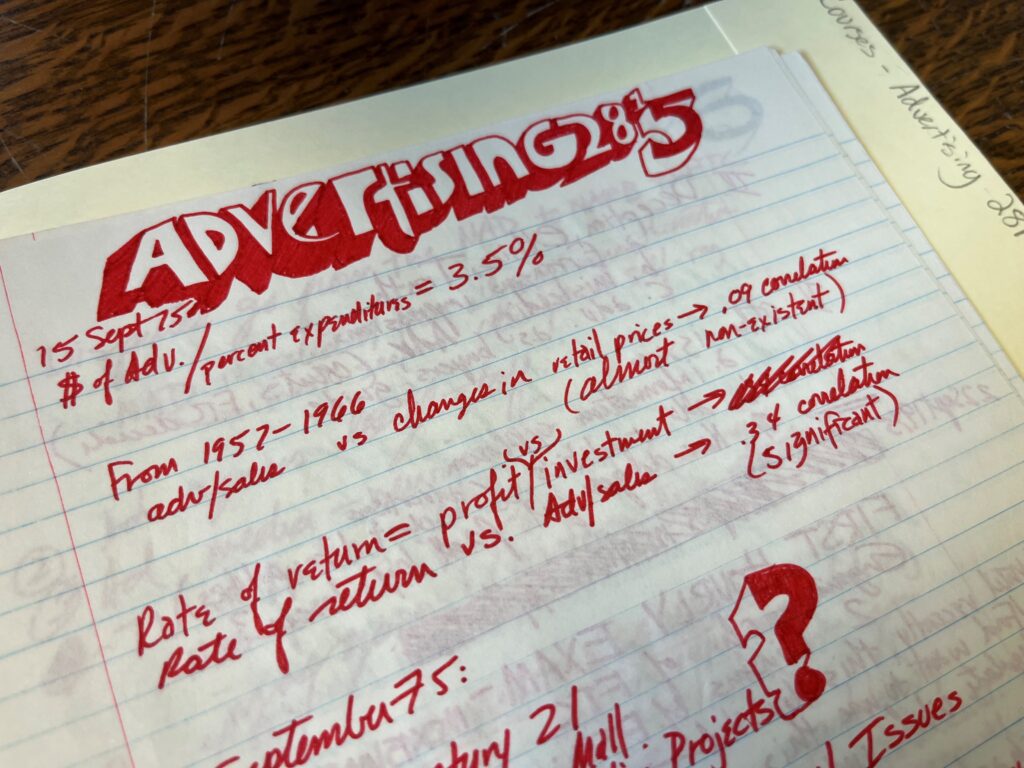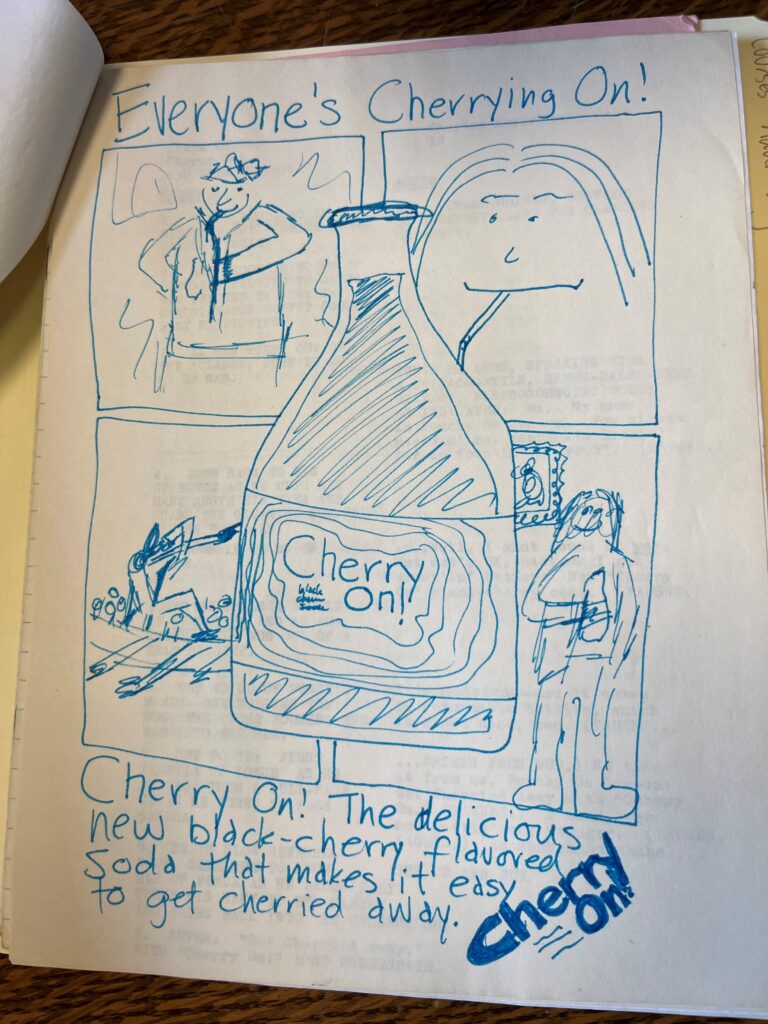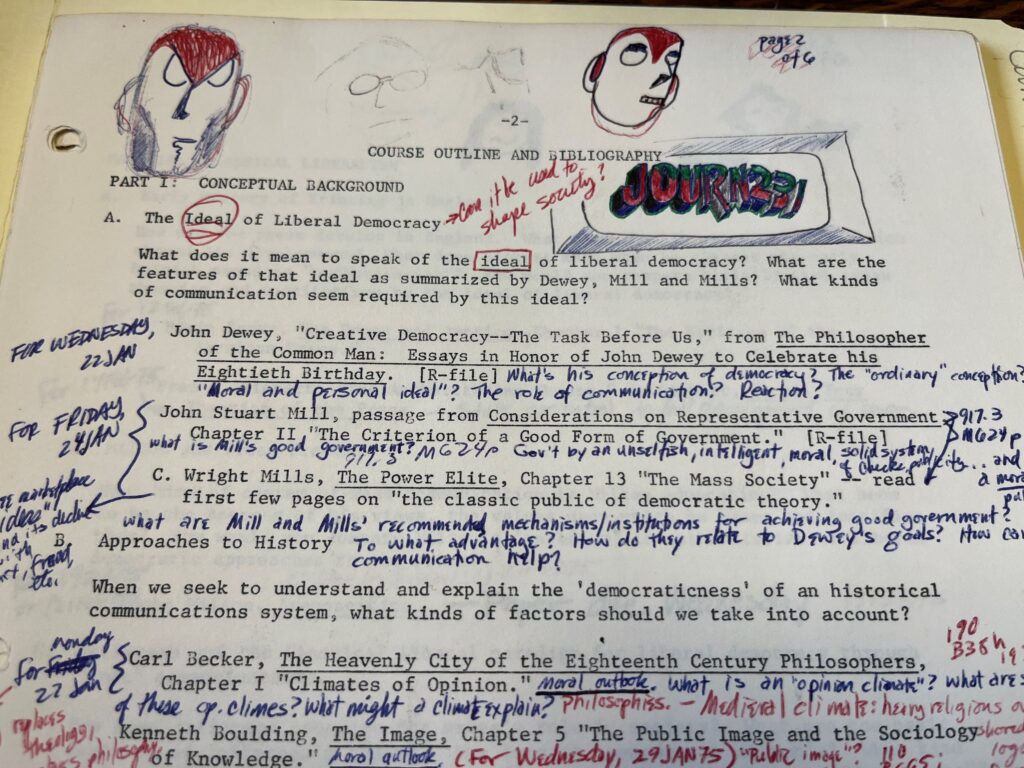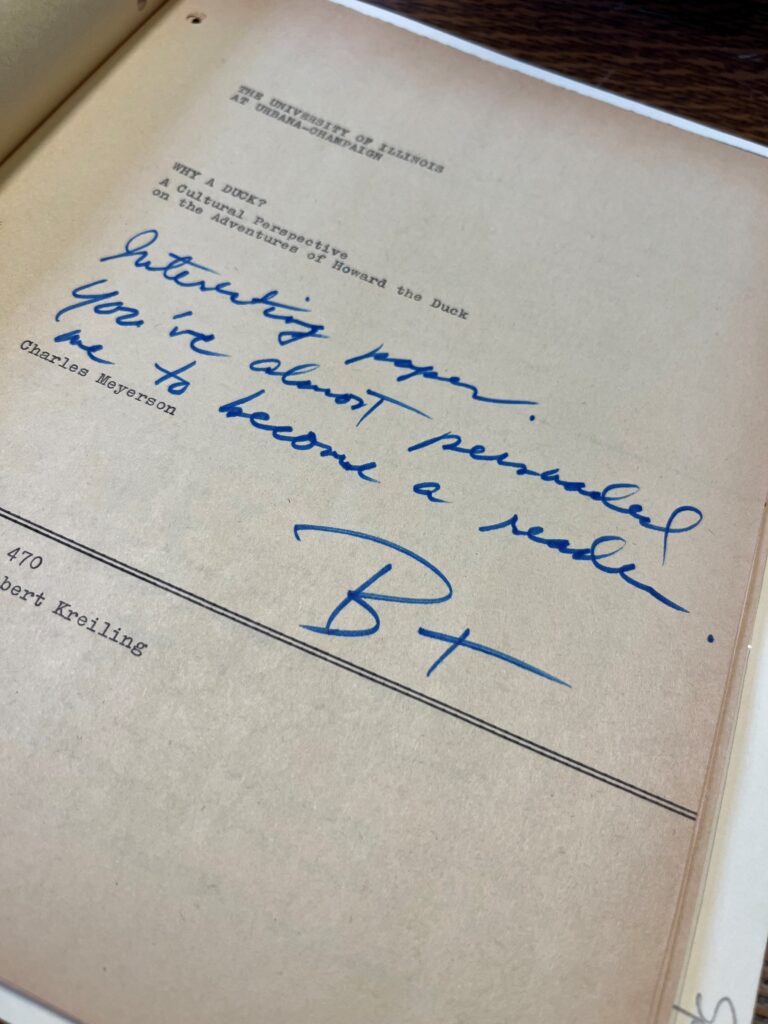Travels With Charlie
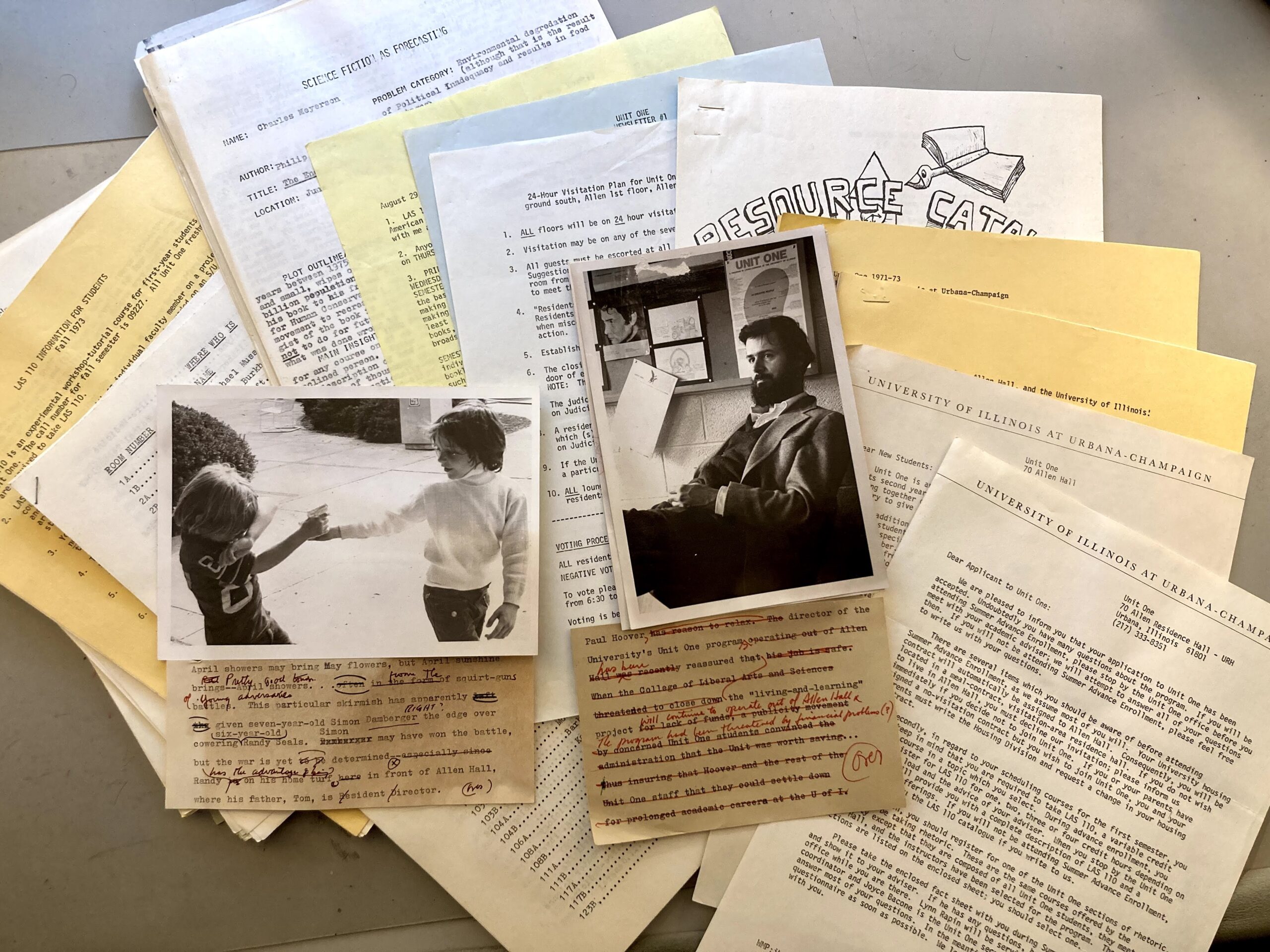
A sampling of Meyerson’s donated materials which now reside in the Student Life and Culture Archives at Illinois
___
Shakespeare folios. Administrative documents. Nazi propaganda maps. And Charlie Meyerson’s chemistry notes.
Such is the range of University Library collections, which cover tons of topics and mountains of material, all gathered in the belief that knowledge is power, evidence is key, and accessibility helps nurture wisdom and discernment.
At the University of Illinois Student Life and Culture Archives, archivists work to preserve just that—UI student life and culture—from the earliest days to the present. So one can imagine the surge of excitement that accompanied a donation in April 2022 of the life and times of Charlie Meyerson ’77 MEDIA, MS ’78 MEDIA.
When visitors browse through Meyerson’s memorabilia, they enter a world that sharply contrasts the current college experience. Rather than crisp notes typed into a laptop, they see furiously scribbled jottings, adorned by doodles and brightened with variously colored ink. In place of instant digital snapshots, they see photos that took time to develop and unveil their secrets. They see radio transcripts of news from long-past days and images of a typewriter, rotary phone, and Swiss Miss. But mostly what they see is a classic rendering of the student experience across the ages—the struggles and triumphs, passions and humors perennially embraced by youth as they undertake the journey of discovering who they are.
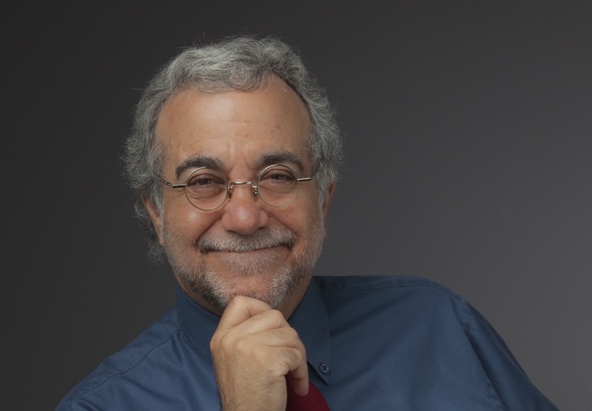
Filling the gap
“I think [these items] really get to what it was like being a student here, those little things that you don’t think [of],” such as tickets and club fliers, said Ellen Swain, MS ’95 LIS, Student Life and Culture’s head archivist. “When they’re all put together, they tell a story of a life here in college. And that’s really fascinating for genealogists and scholars and academics and anybody who uses archives who is trying to understand . . . what it was like here and in . . . a specific time.”
“All the good things that have happened in my life . . . I can trace back to being on the campus of the University of Illinois,” Meyerson told Friendscript. And in that light—and in having no more perfect repository than the place where it all began for him—the award-winning Chicago journalist donated three cubic feet of papers, paraphernalia, photos, and perusings to SLCA.
Meyerson’s donation consists of two series. One covers his life as a student, including such items as notes from nearly every course he took, programs from student organizations, and more than 250 photos. Of special interest are Meyerson’s documentation of life at Unit One, a pilot living-learning program at Allen Hall, and transcripts from his long stint at WPGU, the student-run radio station housed then in Weston Hall’s basement. The completeness of the materials, as well as the accompanying photographs and instructor comments, makes the Meyerson donation particularly unique.
The donation’s other component comprises materials from Meyerson’s professional radio career, with scripts from WMRO, WAUR, and WXRT programs from 1977 to 1989.
The radio transcripts provide an additional boon to archives users. Lisa Romero, MS ’89 LIS, head of the Communications Library, has worked closely with Swain in handling Meyerson’s materials. “One of the challenges that I face is in . . . helping [students] make the transition from academia to the industry,” she said at a Meyerson presentation last fall when his collection was exhibited on campus. “They always want real-world examples” that underscore the significance and relevance of what they are doing in the classroom.
“So, of course, the materials that Charlie has donated—the interviews, the transcripts, and all of those things—really fill such a large gap in our efforts to help these students connect the dots.”
Romero points out that Meyerson’s documents assist not only students in journalism, advertising, and media studies, but those in history “who understand the significance of the media.” And once the materials are digitized, they can be shared with an even broader audience.
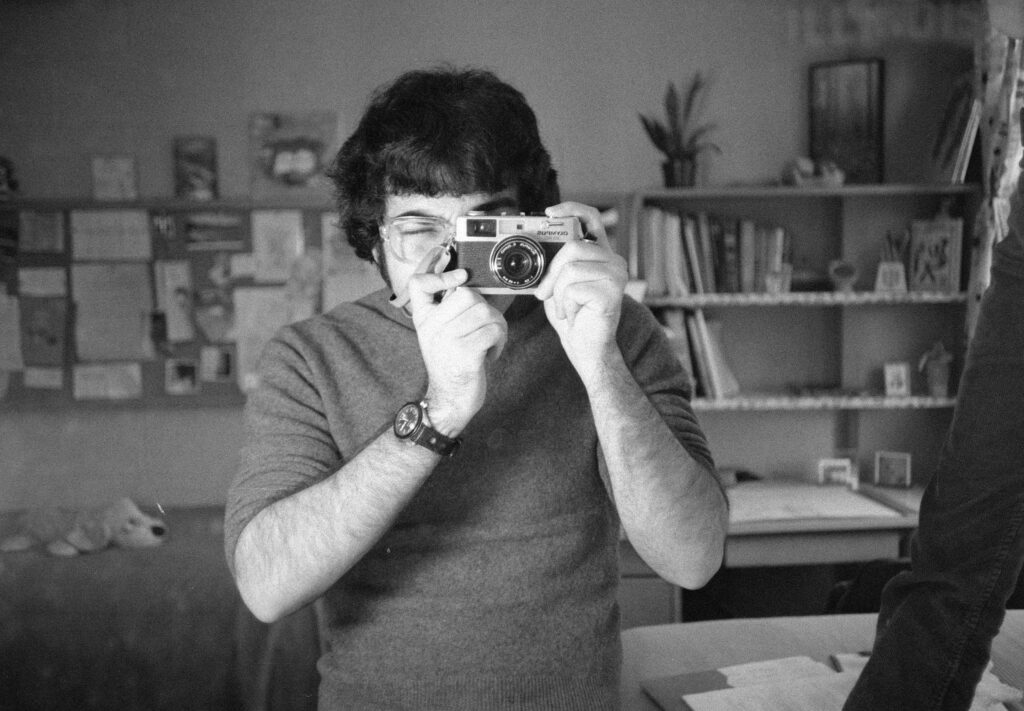
Catching the bug early
The fascination with collecting things started early for Meyerson, who also holds vast assortments of comic books, science fiction, toys, and games. His first published document was a fan letter he wrote to a comics magazine at age 9. Influenced by his parents (both in the news business), early experiences with school and local publications, and comic-book heroes Clark Kent and Peter Parker (also newsmen, as one recalls), “I had a pretty good idea I was going to go into journalism” in college, Meyerson said.
“I got the bug early,” he said. “The idea of seeing my words on the printed page and having those words distributed to other people in other places was compelling.
“I somehow got this idea that things I did, things I had, things I wrote would be of interest to the future.”
That insight was music to the ears of Swain, who learned of Meyerson’s holdings when she and Laura Haber, ’90 LAS, MA ’97 ED, director of Unit One, sent out a call seeking items and memories to commemorate the unit’s 50th anniversary in 2021. From there, more items kept coming as Meyerson responded, “Oh, do I have records because I loved my time there.” (Indeed, one of the donated items is a Unit One documentary he created while in college).
Meyerson thrived in the experiential environment of Unit One, the professional training ground available at WPGU, and a journalism curriculum that demanded students take courses across a wide range of fields—from Reporting I to computer science to the environment. Postgraduation, he forged an illustrious and innovative presence in Chicago media, including working at WXRT, developing the Chicago Tribune’s early online presence, and helping to establish Rivet Radio and ChicagoPublicSquare.com. The Illini Media Alumni Hall of Famer credits the U of I with leading him to his wife (via a job reference from a college friend) and providing him with a strong academic and professional background that prepped him to cover wide-ranging news stories.
“It’s a dream fulfilled for me,” Meyerson said of SLCA’s interest in his collection. “I think it’s important . . . to help those who come after us have a sense of what we did and why we did it and how we did it. So I think it’s wonderful.”
And the sheer volume of Meyerson’s materials provides more than just a rendition of what happened when. It offers a sort of travelogue, a revelation of a young mind opening. “If you look at these records,” Swain said, “Charlie’s personality comes out, you know, just right out at you. He’s just a really, really interesting guy. And it’s interesting to see how all of his experiences at the U of I have really shaped what he’s done in his career.”
